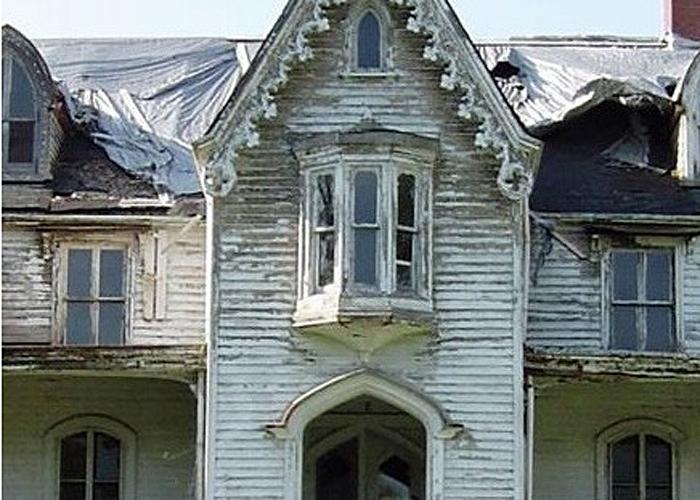CARMEL – The historic New York City Department of Environmental Protection-owned Belden House on Belden Road in Carmel, located on watershed land near the West Branch Reservoir, continues to deteriorate and hopes to refurbish the landmark have been further dashed since State Supreme Court Justice Victor Grossman has denied an application for a preliminary injunction to prevent the city from tearing down the building.
In his seven-page decision, Justice Grossman commended the Friends of the Belden House and its founder, Ann Fanizzi for their “dedication to the historic preservation of the 263-year-old Belden House.” But the judge wrote, “The neglect of the property led to water leakage, structural problems, bat infestation, a failing roof, plaster loss and other damage. Efforts by local citizens to preserve the farmstead were met with indifference by the town, county and New York City governments. Despite resolutions of support and announcements of funding for preservation, no actual preservation was undertaken and the property continues to deteriorate. The once prominent farmstead has lost its grandeur and now appears as a structure on the verge of collapse.”
Grossman noted the petitioners alleged that the Belden House in its current condition was in “violation of the maintenance provisions of the Carmel Town Code and that the DEP should be ordered to comply with the code.”
However, he said nothing in the town code prohibits demolition of the building.
Related to the alleged violation of New York State Historic Preservation Law, the judge said, “Such laws are imposed only on ‘state agencies’ defined as ‘any state department agency, board or commission of the state or a public benefit corporation or public authority at least one of whose members is appointed by the Governor.’”
The suit also challenged New York City Landmarks Law. Once again, Judge Grossman determined the reliance on such law was “unavailing since the Belden House does not fall within the jurisdiction of the NYC Administrative Code.”
The judge said the court “acknowledges the important value in historic preservation as recognition of past generations, a reminder to present generations, and the obligation to future generations.” But he said while sympathetic to those efforts, “the court cannot create legal obligations that do not exist, nor can it impose an obligation on unwilling political bodies or their leaders.”
Therefore, Grossman denied the preliminary injunction and dismissed their petition.
Fanizzi, meanwhile, said while her group may not have prevailed legally, “the court in its decision recognized the historical significance of Belden House and the obligation of political leaders in preserving it.”
The history of the Belden House is long standing. The New York City DEP purchased the property in 1896 when it constructed a dam behind the house. For nearly a century, the DEP used the house as an office and residence for a site custodian, until it was abandoned in the late 20th century. Rainwater leaking through the roof has threatened the structure, which retains marble fireplaces, elaborate wood trim and plaster finishing.
Restoration efforts started and stopped several times over the years. Preservation efforts were stymied in 2005 when the Putnam County Legislature voted against funding the building’s restoration. In 2006, nearly $3 million was allocated for the rehabilitation of the Belden House, with the intention of turning it into an office for the DEP’s Land Management Group. At the time, the DEP commissioner said the rehabilitation project would “guarantee the future of Belden House and help preserve an important part of the region’s heritage …. and the restoration of the Belden House will help our staff be exemplary land managers and continue to provide excellent recreation opportunities and water quality benefits.”
The Putnam gem has been recognized by the Department of Parks, Recreation and Historic Preservation, being designated as eligible for State and National Registry of Historic Places recognition.








